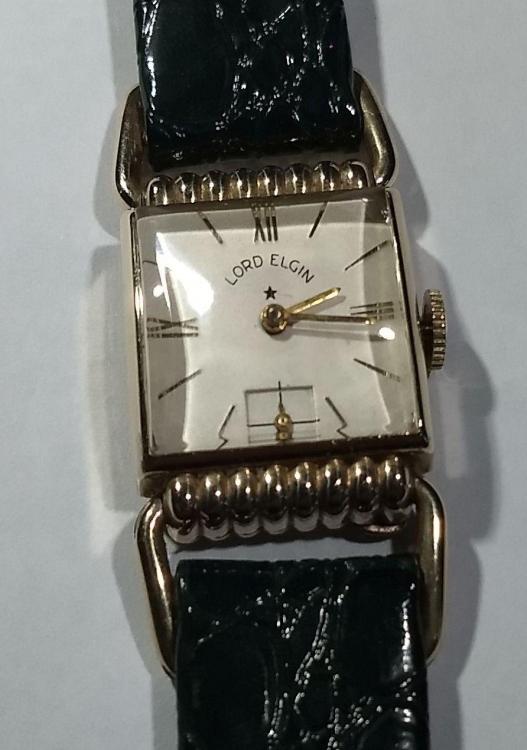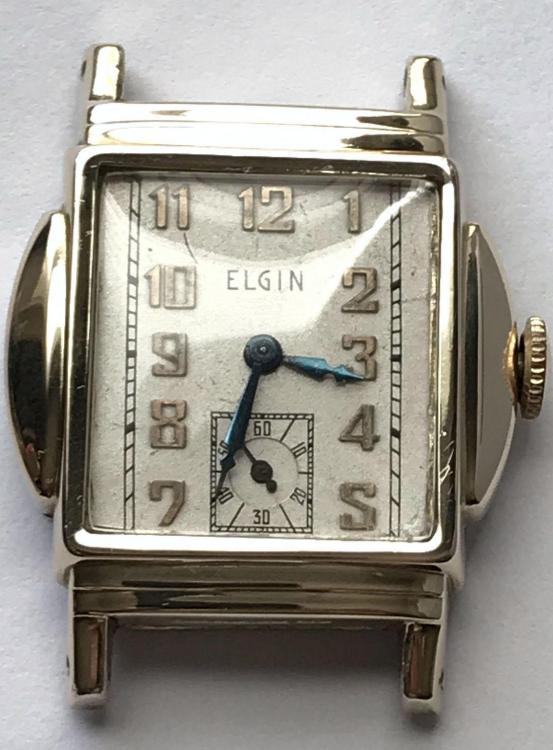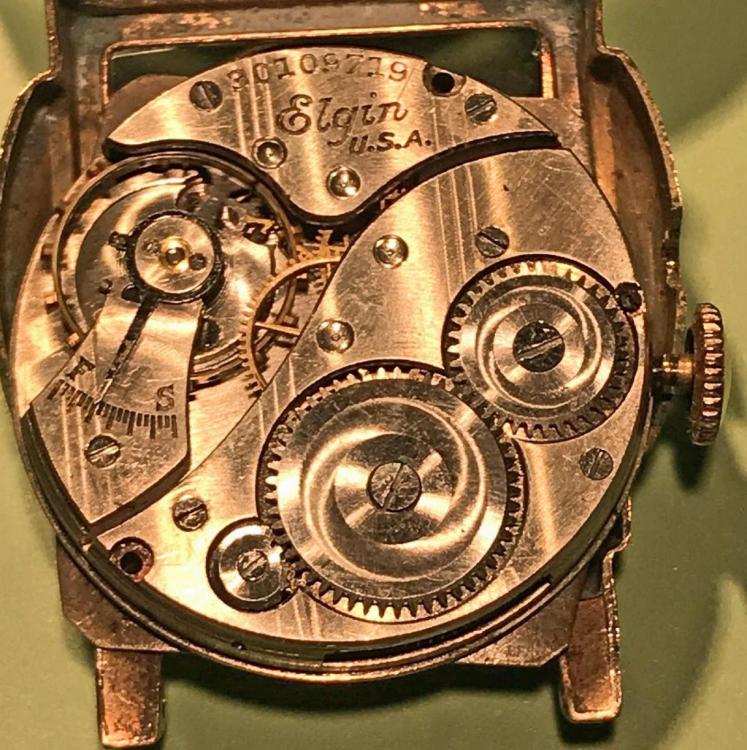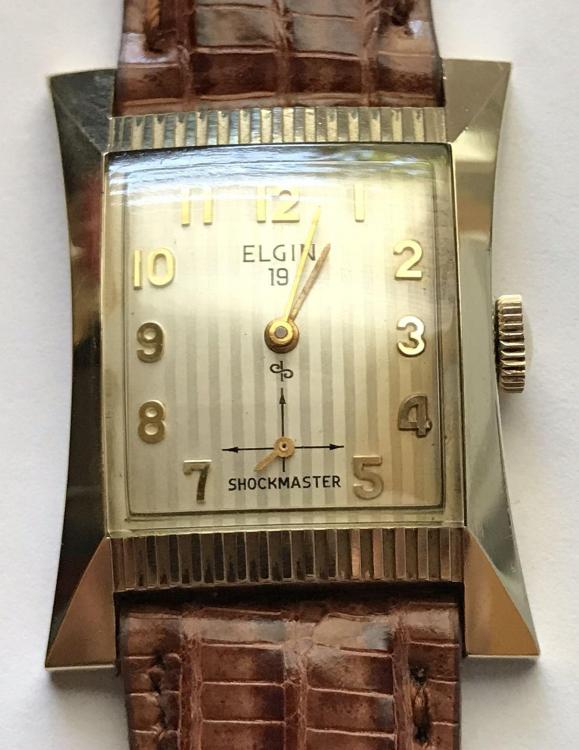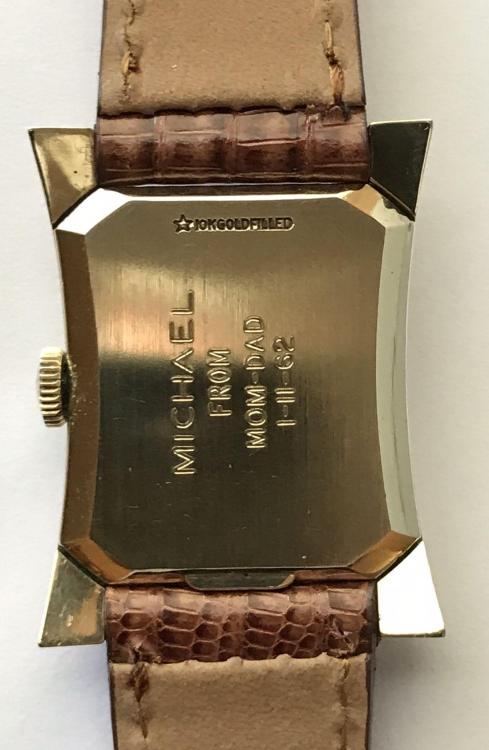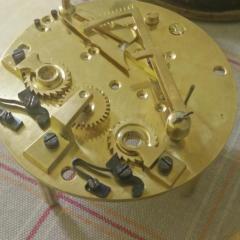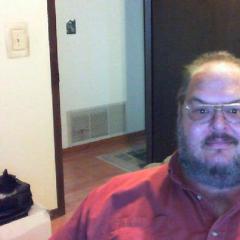Leaderboard
Popular Content
Showing content with the highest reputation on 09/01/19 in Posts
-
First a nice Elgin driver, a "Parkton" I believe. Its been sitting finished so long I can't remember the movement details, but a 670 inside I "think". Next a 1928 Elgin in a "jobbers" case with a 6/0s, Grade 430, seven jewel movement. Finally, a lovely Elgin "Capricorn" with a 714 Shockmaster movement. Michael was a lucky kid in 1962. The movement dates to 1958. RMD3 points
-
darnit.... I'm all out of vintage Omegas... I've got a few patek philippes hanging about, you may need to settle for one of those haha. Yes, the Setting lever likes to 'drift' when attempting to locate the screw to the hole while at the same time screwing with screw head that loves to spit out the driver tip...an absolute delight. Apart from that, it's been a lovely movement to work on. my second movement, and quite enjoyable. waiting on a replacement balance complete, then i'll have a charming vintage piece to wear. Thanks again for your help2 points
-
This question implies that you think you're going to have to bend the hairspring in several places other than near the stud? One of the interesting things in watch repair is everyone has different techniques. For me from the limited pictures it looks like a problem around the stud and personally I just fixed the problem everything else should be fine. But I'm looking at a couple of photographs with limited view versus holding the watch in my hand where I might see something entirely different. Then learning as you go is the typical way all watchmakers learn but before practicing on live watches you really should practice on separate hairsprings balance complete and disposable watch. Hairspring manipulation isn't something you learn fast. A really helpful reference for learning hairsprings is a book by Fried, Henry B: “Bench practices for watch and clockmakers” with a rather sizable section on fixing hairsprings. Another reference can be found at the link below the book Joseph School of Watch Making Personally I download the entire book it's really a wonderful reference but Specifically right now Unit 6 - Hairspring Truing. https://www.mybulova.com/vintage-bulova-catalogs Then I have a couple a images out of Henry's book that you might find helpful. Notice both hairsprings are centered and yes there is no balance wheel there. But notice the terminal curve's there different. You have to be careful with the videos and other sources that are showing very specific ways that terminal curve's are formed because that may not be the way your hairspring terminal curve is formed. The balance complete image that I got shows a very gradual curve similar to figure 90 below.2 points
-
What symptoms indicate pallets having moved in/ out inside the fork slot. Thanks for all advice and discussions in advance.1 point
-
1 point
-
The alarm complication itself is straightforward, alarm set and date day mechs crowd up on top of the train do often misfunction. Close ups of the underdial during disassembly can make life easier. Dial feet easily brake which dosn,t help the functioning of mechs under the dial. As long as dial feet, day and date rings don,t sustain damage/ bent, you will have no surprise. Good luck1 point
-
Here is the complete service manual for your movement. I have one I repaired and it isn't as difficult as it appears. Just take it slow and remember where everything goes. The manual helps to https://www.thewatchsite.com/files/Casing Guide/16. 4006A.pdf1 point
-
Just the one though. You'll need a steady hand and sharp focus to put it all back together.1 point
-
1 point
-
Serviced a felsa 690 today . That screw is not right for the movement. Someone took what they had. You need to find the right screw or one that sits flush with the movement. BTW mine was also butchered around the hole. Why can't people use the right size screwdriver. Or i see now that you probably did forget to place the screw between the plates. If you do it would not stick up like that .1 point
-
I've now completed disassembling my ETA calibre 2472 and made a similar picture guide for how to disassemble the date mechanism; ETA 2472 - Disassembling the date mechanism1 point
-
Thank you "Watchweasol" and "m1ks", I appreciate the help. Parts are ordered. Hopeful that I am going to be good with the crown I ordered, as the diameter of the original was 4.3mm and I couldn't find any that exact size, so I ordered a 4.5mm one. the space for it was 4.9mm so I think I'll be OK. I will update all this once the repair is done, in case anyone is ever searching for this info, like I was.1 point
-
Lay the case on a suitable flat bed die depends on the size of the case. Pick one of the cupped dies so it just fits over the glass, that goes into the top. Screw down watching that the cup is even all round, you quite often hear a sound as the glass is pushed home. Remove case and check to see that the glass is even around in side the case. The Robur press is one of the best for fitting tension ring glasses.1 point
-
There's no way really other than checking the escapement functions. Some forks have a significant gap at the back where the jewel sits, some none, generally somewhere in between. As even a move of 0.01mm will have a real impact on performance there's no shortcut. Luckily it seems few forks get 'adjusted' willy nilly as it requires heating up, on the other hand I think every American watch with eccentric bankings I've seen has had the bankings put in the weirdest positions.1 point
-
I was thinking perhaps a different approach is needed for this watch? One of the problems with the message board is if you ask a question we will give you an answer but is the question the correct question for the problem of the watch? To get a better feel I read the prior messages related to this watch and? So is this your first watch learning watch repair? Then what was the condition of the watch before you started repairing it? I noticed you misplaced one of the end stones did you find that? then it be really helpful if we could see the watch-a-scope Print out. That is preferably into positions like dial down and crown down http://www.ranfft.de/cgi-bin/bidfun-db.cgi?10&ranfft&0&2uswk&Felsa_6901 point
-
Only minor manipulation is practical at the begining. Check if the collet is removable? Or show the collet. If removable, insert a razor balde under the collet, work the razor around to gradually raise it, go to thicker blade to and finally lift the HS. Eta showed a solution of some sort that loosens the collet so make removing easy. I have seen highly skilled individuals manipulate( minor) the HS on the balance. Once removed, rinse. Mount the collet on a needle, stick the needle on a white sheet of paper, lay on flat cardboard. High magnification and well dressed tweezers are must. You should master any techniques you see. Start with Makrs, two tweezers, show pix, ask for advice.1 point
-
With the exception of American pocket watch parts hairsprings typically come only with the balance wheel they were vibrated to. So that means if you need a new hairspring you need a balance complete unfortunately.1 point
-
Just noticed the seller has it as a private listing, so you can't tell if its actually 24 separate bids, or just the seller with 2 fake accounts he has used to bid on his own item to make it look like it is hotly contested so it might trick someone into thinking its worth bidding on as 24 other people already has. If no-one wins he just cancels the sale and hasn't lost anything1 point



